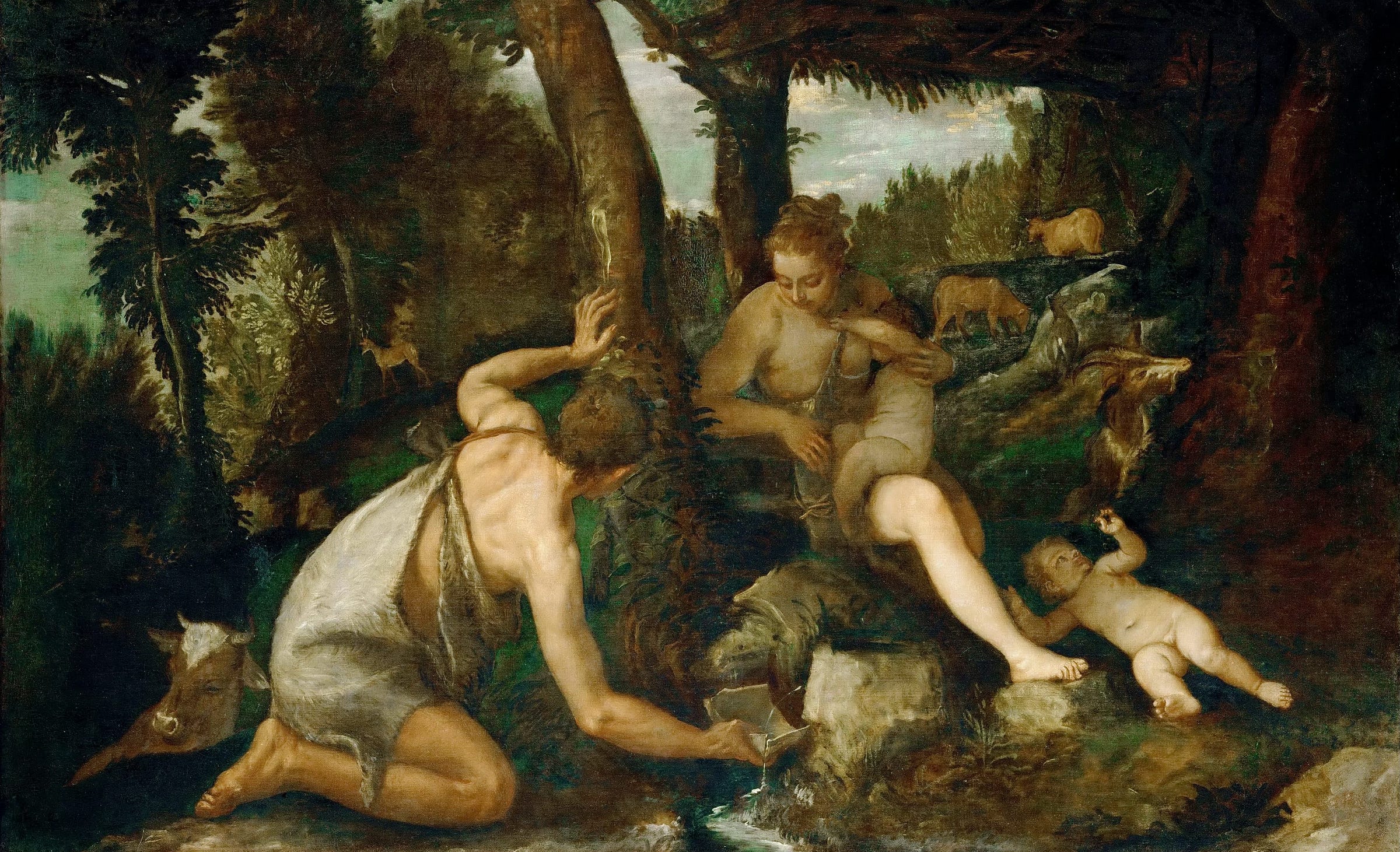From Solitude to Communion
Rethinking Queer Love in Light of Original Solitude
When I first encountered St. John Paul II’s Theology of the Body, I read it with wonder at the vision of human sexuality he outlined—one marked by complementarity, communion, and mutual self-gift— as well as a deep, unspoken grief over what I knew I would never get to experience. “Male and female He created as them,” after all, and I, a man, had no desire to marry a woman. At best, I could try to spiritualize my longings, sublimate my desires for love into love for God, and hope that suffering might eventually transfigure my brokenness into something holy.
In the first pages of TOB, however, long before any talk of sexual complementarity or procreation or the structure of marriage, John Paul II draws our attention to a quiet moment in the Garden of Eden. It’s the moment of original solitude, and the way he describes Adam’s experience before the creation of Eve just might change the way you understand Genesis forever.
Keep reading with a 7-day free trial
Subscribe to Deconstructing Cleric to keep reading this post and get 7 days of free access to the full post archives.



